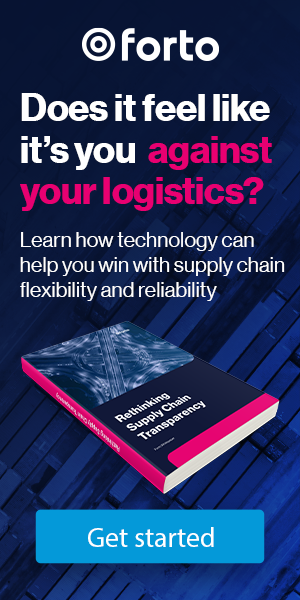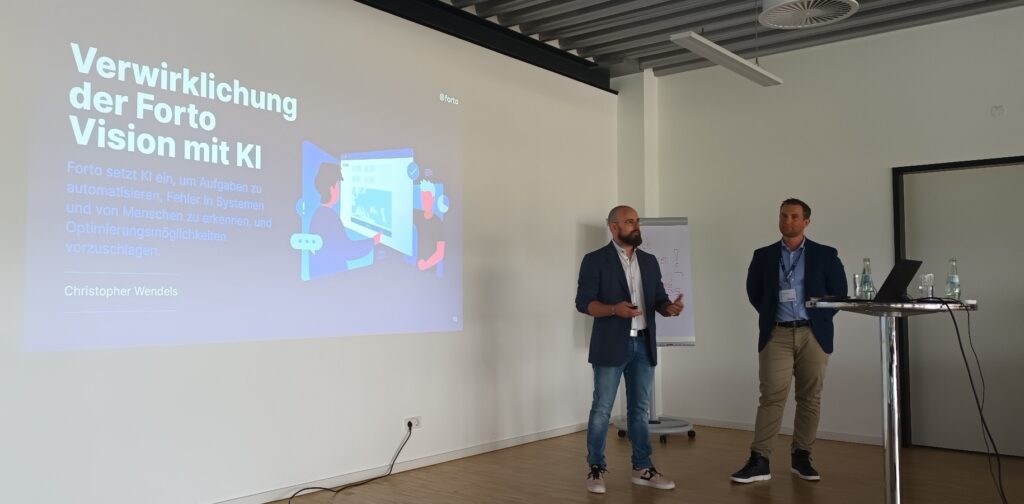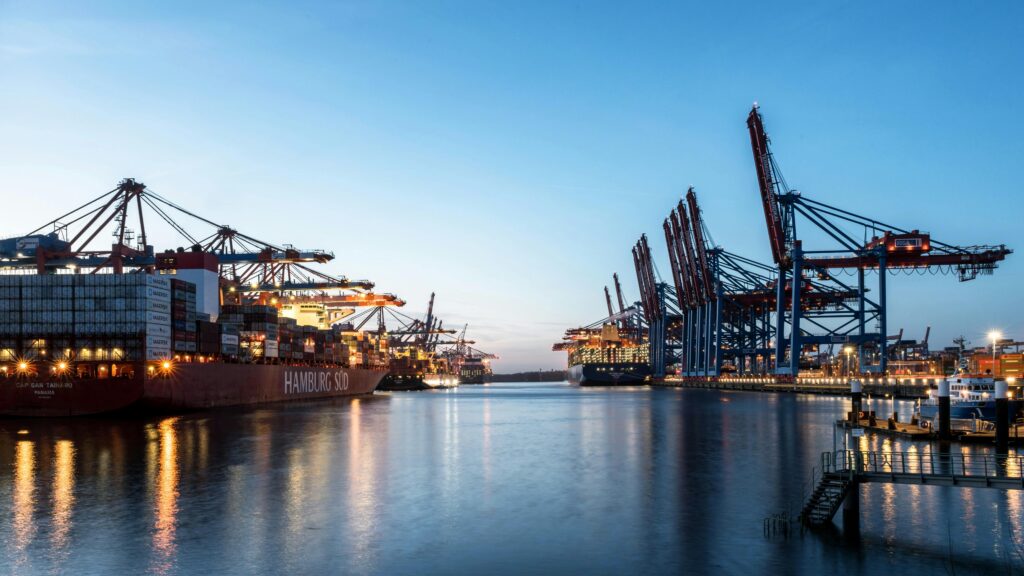-
The Chinese New Year celebrations, also called the Spring Festival or Lunar New Year, last a total of 15 days, of which the Chinese usually have seven days off
-
Every year, Chinese New Year brings with it the risk of delays in transport and rising freight costs
-
Digital solutions for the supply chain on product-level provide help
In 2023, Chinese New Year (CNY), the highly anticipated annual holiday is happening earlier than usual. According to the lunar calendar, the festival’s date fluctuates from year to year; in 2023, it is set to start on January 22.
This means that the one-week state vacations also begin, during which almost everything in China is closed, including factories, offices, ports and airports. As a rule, most offices and manufacturers are already working to a limited extent in the week before CNY. This is because most workers travel during CNY to visit their families, some of whom live far away from the production facilities. A veritable migration of people is beginning – and to ease the situation, companies are giving many employees time off.
And that’s not all. After the one-week CNY state vacations, most manufacturers, offices and loading stations continue to operate on the back burner, with limited capacity.
Challenge For All Parties Involved in the Supply Chain
CNY, therefore, poses a great challenge for retailers and forwarders, but also for suppliers in China. Why? Because CNY traditionally sees a spike in air and ocean demand – and freight rates. At the same time container shortages traditionally occur.
The best thing to do is to plan how much merchandise you will need in the first three to four months of the new year so that you won’t be “dry” after CNY. Because even after CNY, there is a large volume of freight in the ports, which means that container space is not only scarce, but freight costs are also higher. You must make sure that your items arrive at the port 7 to 10 days before the planned loading date if possible if you organize the transport there yourself. The increased freight volume means delays in truck traffic are highly likely.
This makes it all the more important to plan delivery at the same time you place the order. You may need to switch slots other than those previously preferred — which would also be relevant from a cost control perspective.
If you have a high volume of containers, you should divide your goods into several bills of lading so that, in the event of a rollover, not all containers are rolled onto a ship other than the one intended. You don’t want your goods to end up in a different port of destination, which can happen because shipowners only ship complete shipments based on the bill of lading.
Combine Transport Modes during Chinese New Year
To ensure that your goods – or at least a large part of them – arrive on time, you should also consider different modes of transport or combining them. This is also a proven means of controlling costs. For example, some of your most suitable items can be transported by rail, and others, need to be on-site quickly, by air. Or you can combine rail and sea freight or sea and air freight.
Forto Supports You, Especially in Difficult Situations
With our digitally controlled logistics solutions, even in the difficult times around CNY, you can always keep track of which mode of transport has sufficient capacity to bring your goods safely and quickly to their destination and what the current status of your shipments is. Thus, you can easily change your mode of transport if unforeseen difficulties arise. And you also keep a complete overview of the costs incurred at all times. We will be happy to advise you on our products.
Reach out to us here for more information.







